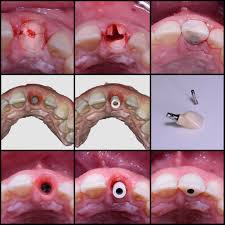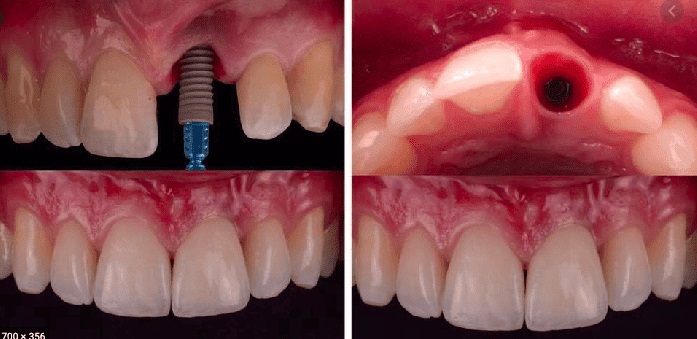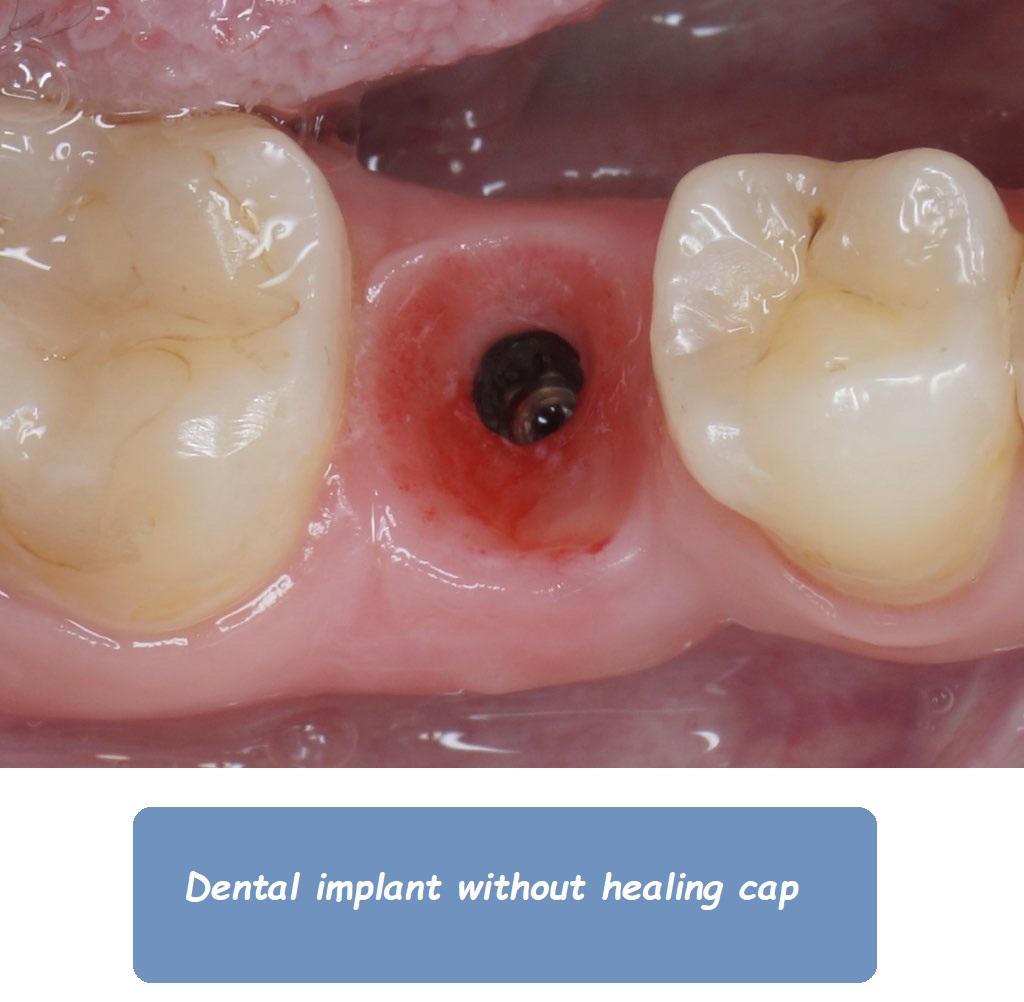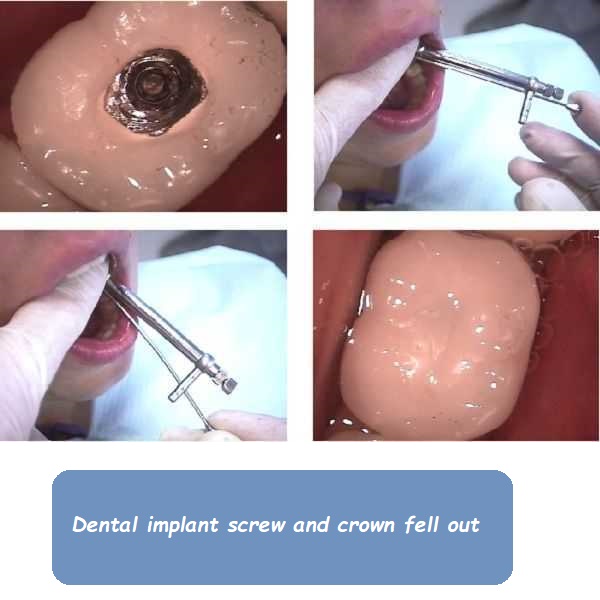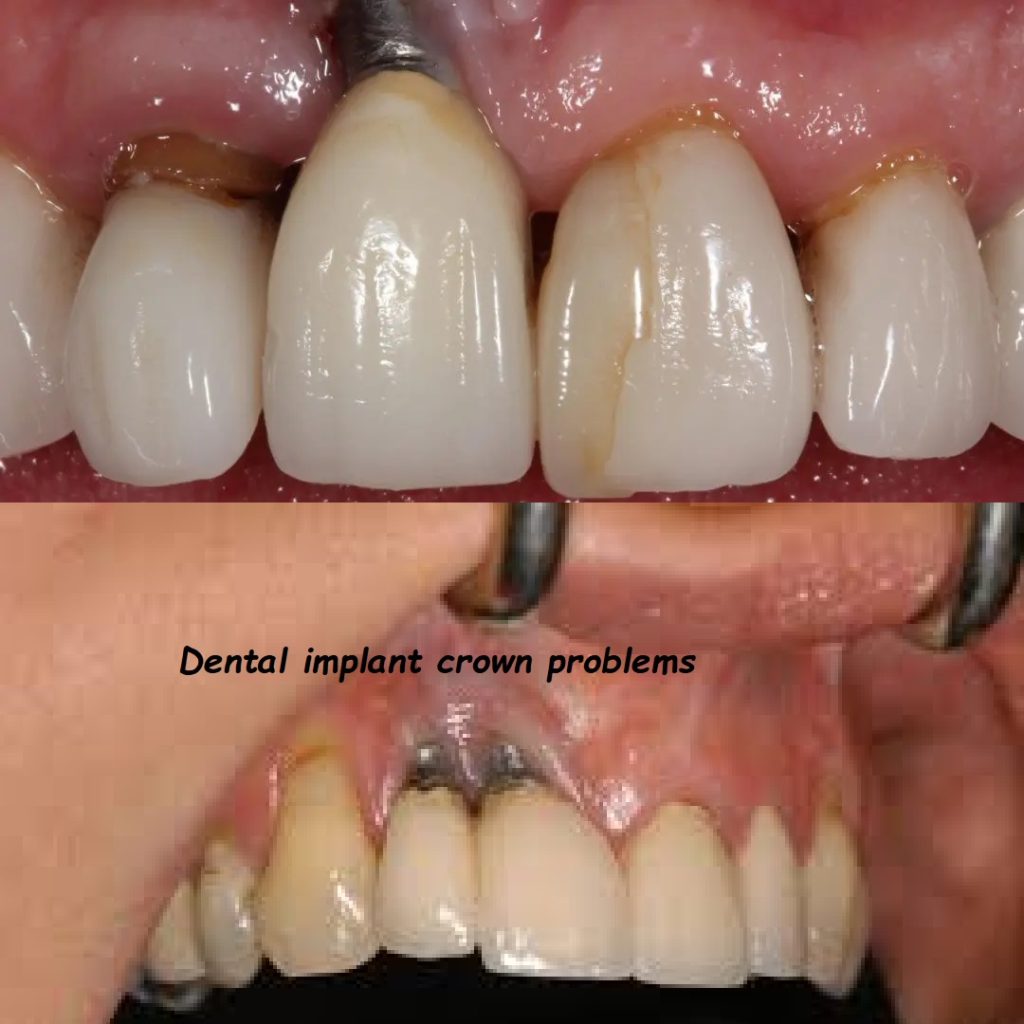Dental Implants with Bone Loss
Dental Implants with Bone Loss: A Comprehensive Guide
Dental implants are a preferred solution for replacing missing teeth, but bone loss in the jaw can complicate the process. This guide covers the challenges and solutions for dental implants with bone loss, detailing the procedures, benefits, considerations, and frequently asked questions.
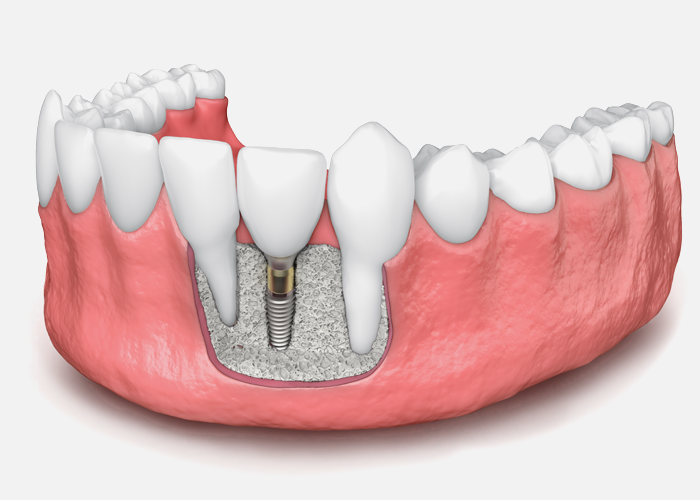
Table of Contents
- Introduction
- What are Dental Implants?
- Understanding Bone Loss
- Challenges of Dental Implants with Bone Loss
- Solutions for Dental Implants with Bone Loss
- Procedure for Dental Implants with Bone Loss
- Benefits of Dental Implants with Bone Loss Solutions
- Considerations and Risks
- Recovery and Aftercare
- Success Rates of Dental Implants with Bone Loss
- Cost of Dental Implants with Bone Loss Solutions
- FAQs
- Conclusion

Introduction
Bone loss in the jaw can pose significant challenges for dental implant procedures. However, advancements in dental technology have provided various solutions to overcome these obstacles. This guide will explore the complexities of dental implants with bone loss, offering insights into the procedures and benefits available.
What are Dental Implants?
Dental implants are artificial tooth roots made from biocompatible materials like titanium, surgically placed into the jawbone to support crowns, bridges, or dentures. They offer a durable and natural-looking solution for missing teeth.
Understanding Bone Loss
Bone loss in the jaw can result from various factors, including tooth loss, periodontal disease, and trauma. When teeth are lost, the jawbone no longer receives stimulation, leading to resorption and gradual bone loss over time.
Challenges of Dental Implants with Bone Loss
Insufficient Bone Density
Dental implants require a certain amount of bone density for stability. Bone loss can lead to insufficient bone mass, making it difficult to support traditional implants.
Altered Jaw Structure
Bone loss can change the shape and structure of the jaw, complicating the placement and alignment of dental implants.
Increased Risk of Implant Failure
Insufficient bone density increases the risk of implant failure, as the implant may not integrate properly with the jawbone.
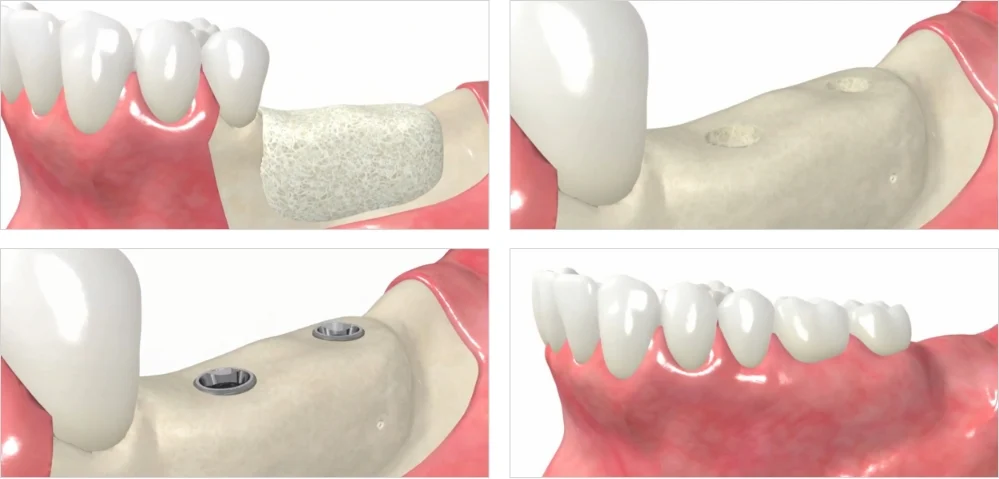
Solutions for Dental Implants with Bone Loss
Several techniques and advancements have made it possible to successfully place dental implants in patients with bone loss. These solutions include bone grafting, sinus lifts, subperiosteal implants, and zygomatic implants.
Bone Grafting
Bone grafting involves transplanting bone tissue to the jawbone to increase its volume and density. Sources for the graft can include the patient’s own body, donor tissue, or synthetic materials.
Sinus Lift
A sinus lift is a surgical procedure that adds bone to the upper jaw in the area of the molars and premolars. The sinus membrane is lifted to make room for the additional bone.
Subperiosteal Implants
Subperiosteal implants are placed on top of the jawbone but beneath the gum tissue. These implants are suitable for patients with significant bone loss who cannot undergo bone grafting.
Zygomatic Implants
Zygomatic implants are longer implants anchored in the zygomatic bone (cheekbone) rather than the jawbone. These are used in cases of severe bone loss in the upper jaw.
Procedure for Dental Implants with Bone Loss
- Initial Consultation:
- Assessment: The dentist evaluates your oral health, takes X-rays, and possibly a CT scan to determine the extent of bone loss.
- Treatment Plan: A personalized treatment plan is created, outlining the steps and timeline for the implant procedure.
- Preparation Procedures:
- Bone Grafting/Sinus Lift: If needed, bone grafting or a sinus lift is performed to augment the jawbone.
- Healing Period: After these procedures, a healing period of several months is required for the bone to integrate and stabilize.
- Implant Placement:
- Surgery: The implant is surgically placed into the augmented jawbone under local anesthesia or sedation.
- Healing Period: The implant is allowed to integrate with the bone over several months.
- Abutment Attachment:
- Procedure: Once osseointegration is complete, an abutment is attached to the implant. This serves as a connector for the crown.
- Crown Placement:
- Impressions: Impressions of your mouth are taken to create a custom crown.
- Fitting: The crown is carefully fitted and secured onto the abutment, completing the restoration.
Benefits of Dental Implants with Bone Loss Solutions
Restored Aesthetics
These procedures restore the natural appearance of your teeth and jawline, enhancing your smile and facial structure.
Improved Functionality
Dental implants restore full chewing ability and improve speech, providing better overall oral functionality.
Long-Term Solution
Dental implants offer a permanent solution, often lasting a lifetime with proper care and maintenance.
Bone Preservation
Implants stimulate the jawbone, preventing further bone loss and maintaining the integrity of your facial structure.

Considerations and Risks
Surgery Risks
As with any surgery, there are risks such as infection, implant failure, and nerve damage. However, these risks are rare and can be minimized with proper care and skilled dental work.
Cost
Dental implants with bone loss solutions can be more expensive than traditional implants. Discussing the cost and financing options with your dentist is crucial.
Healing Time
Procedures like bone grafting and sinus lifts require additional healing time before implant placement, extending the overall treatment timeline.
Recovery and Aftercare
Immediate Post-Operative Care
- Rest: Rest and avoid strenuous activities for the first few days.
- Ice Packs: Apply ice packs to reduce swelling.
- Medication: Take prescribed medications as directed to manage pain and prevent infection.
Oral Hygiene
- Gentle Brushing: Brush your teeth gently to avoid disturbing the implant site.
- Mouth Rinse: Use an antibacterial mouth rinse to prevent infection.
Follow-Up Visits
Regular follow-up visits are essential to monitor healing and ensure the implant is integrating well with the natural bone.
Success Rates of Dental Implants with Bone Loss
The success rate of dental implants with bone loss solutions is generally high, ranging from 90% to 95%. Factors such as the patient’s overall health, the skill of the dental surgeon, and adherence to post-operative care instructions play a significant role in the success of the procedure.
Cost of Dental Implants with Bone Loss Solutions
The cost of dental implants with bone loss solutions can vary widely based on factors such as the complexity of the case, the materials used, and geographic location. On average, the cost can range from $5,000 to $30,000, depending on the extent of bone loss and the specific procedures required. It’s important to discuss the costs and potential financing options with your dental provider.
FAQs
Q: How long do dental implants with bone grafts last? A: With proper care and maintenance, dental implants with bone grafts can last a lifetime.
Q: Is the implant procedure painful? A: The procedure is usually performed under local anesthesia or sedation, minimizing discomfort. Post-operative pain can be managed with prescribed medications.
Q: Can anyone get dental implants with bone grafts? A: Most adults with good overall health and sufficient bone density, or those who can undergo bone augmentation procedures, are candidates. A thorough evaluation by your dentist will determine eligibility.
Q: What are the signs of implant failure? A: Signs of implant failure include severe pain, swelling, and loosening of the implant. If you experience these symptoms, contact your dentist immediately.
Q: How do I care for my dental implants with bone grafts? A: Care for your implants just like natural teeth, with regular brushing, flossing, and dental check-ups.
Conclusion
Dental implants with bone loss solutions offer a superior method for replacing missing teeth in patients with insufficient bone density. These procedures not only restore functionality but also improve aesthetics and maintain bone health. If you are considering dental implants and have experienced bone loss, consult with a specialist to determine the best solution for you. For more information or to schedule a consultation, visit the relevant sections of our webpage.
This comprehensive guide aims to provide all the information you need about dental implants with bone loss, helping you understand the importance and intricacies of the procedure. For more information or to schedule a consultation, visit the relevant sections of our webpage.



